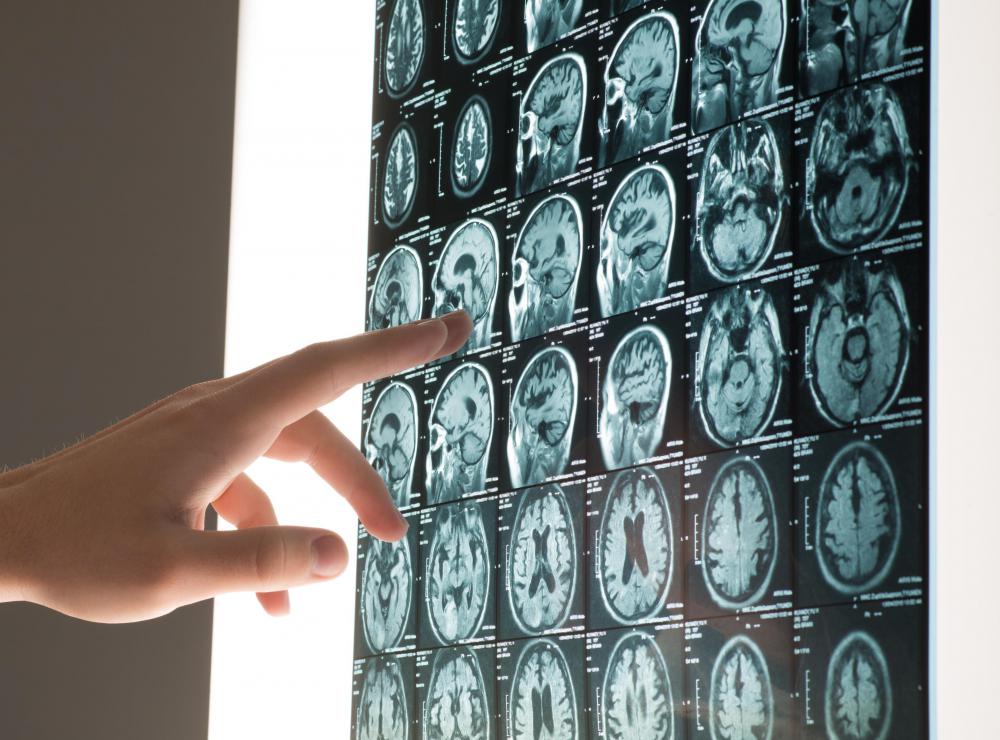At EasyTechJunkie, we're committed to delivering accurate, trustworthy information. Our expert-authored content is rigorously fact-checked and sourced from credible authorities. Discover how we uphold the highest standards in providing you with reliable knowledge.
What Is Image Reconstruction?
Image reconstruction is the creation of a two- or three-dimensional image from scattered or incomplete data such as the radiation readings acquired during a medical imaging study. For some imaging techniques, it is necessary to apply a mathematical formula to generate a readable and usable image or to sharpen an image to make it useful. In computed tomography (CT) scanning, for example, image reconstruction can help generate a three-dimensional image of the body from a series of individual camera images.
Several issues pose a problem with image reconstruction. The first is noise — meaningless data that can interrupt the clarity of an image. In medical imaging, noise can occur as a result of patient movement, interference, shadowing and ghosting. For example, one structure in the body might overshadow another and make it hard to spot. Filtration for noise is one aspect of image reconstruction.

Another issue is scattered or incomplete data. With something such as an X-ray, the image is taken in one film exposure, where X-rays pass through the area of interest and create an image. In other techniques, a patient might be bombarded with radiation or subjected to a magnetic field, generating a substantial amount of data that needs to be assembled to create a picture. The immediate output is not readable or meaningful to a human, and it needs to be passed through an algorithm to generate a picture.

In image reconstruction, there are several approaches that can be taken to filter out the noise without discarding meaningful data and to process the data in a way that will make sense. Iterative reconstruction is a popular technique. The algorithm starts by mapping out low-frequency data, creating a few data points that form the start of the image. Then it overlays a slightly higher frequency, and a higher one, and so on, until a complete image is available.
Creation of a flat image isn't the only thing that can be done with image reconstruction. A computer also can create a simulated three-dimensional rendition of the data by stacking a series of images together. It needs to be able to sort through the data to match the slices appropriately and must overlay them accurately to create images of internal structures. This can help a doctor evaluate a problem in multiple planes, instead of just at the flat angles offered by single images.
Medicine is not the only field in which image reconstruction can be useful. It also can be valuable in archeology, in which researchers might want to investigate finds without damaging them. With image reconstruction, they can get images of mummies, sealed containers and other objects of interest to learn what is inside.
AS FEATURED ON:
AS FEATURED ON:












Discuss this Article
Post your comments